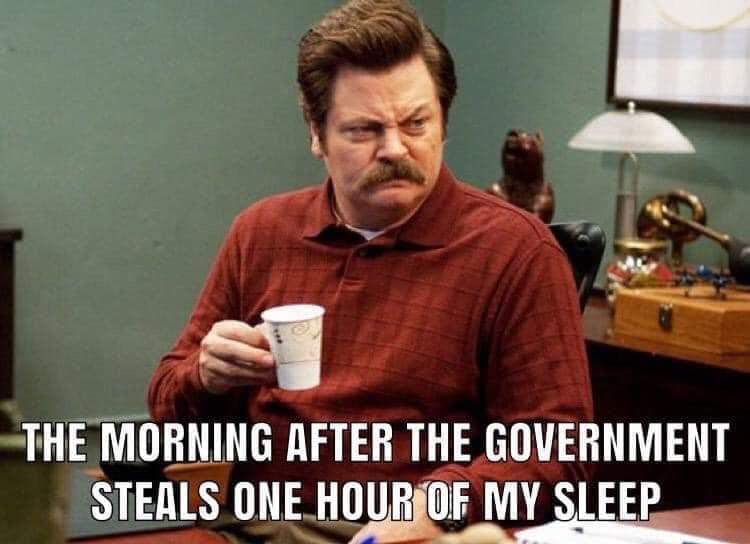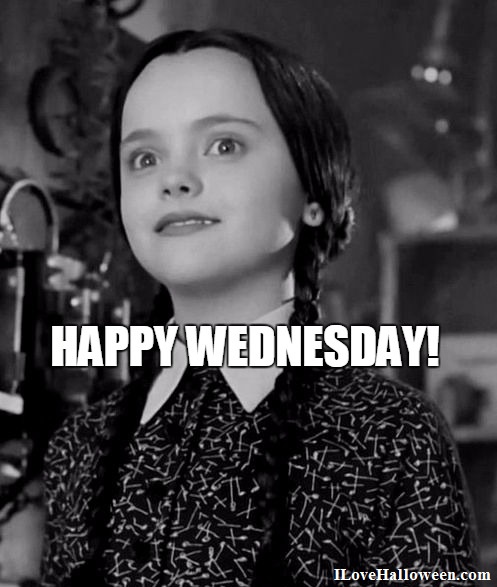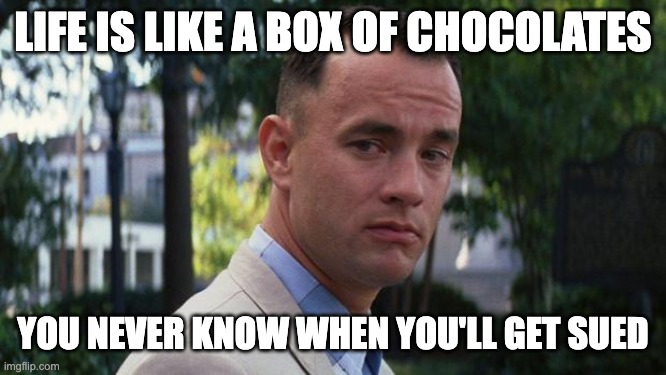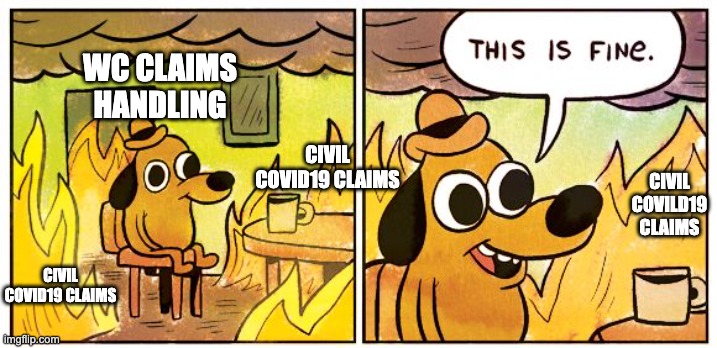Happy Monday, dear readers! And truly, a happy Monday it is for the defense community, both workers’ comp and civil. The California Supreme Court has issued its opinion in the case of Kuciemba v. Victory Woodworks essentially ruling that no duty of care exists on the part of employers to household members of employees when it comes to COVID19.
The Kuciemba case, along with its brother-from-another-mother case, Ek v. See’s Candies, Inc. has been covered from time to time by this most humble of blogs. Both cases essentially ask the same question: can the employer be held liable to household members of employees when COVID19 exposure (and, presumably, infection) occurred at the workplace and was brought home by employees to be transmitted to the household members?
Of course, the logic of this theory traces the path of Kesner v. Superior Court of Alameda County, a 2016 decision in which the California Supreme Court created a duty of care on the part of employers to household members of employees who brought asbestos home on their clothes, exposing non-employees.
But, unlike the asbestos line of cases, the California Supreme Court rejected such a theory: “although it is forseeable that an employer’s negligence in permitting workplace spread of COVID-19 will cause members of employees’ households to contract the disease, recognizing a duty of care to nonemployees in this context would impose an intolerable burden on employers and society in contravention of public policy. These and other policy considerations lead to conclude that employers do not owe a tort-based duty to nonemployees to prevent the spread of COVID-19.”
In distinguishing Kesner, the Kuciemba Court reasoned that while the only likely source for an asbestos exposure would have been the employer’s premises, COVID-19 was highly contagious and almost impossible to spread, and infection sources would also vary depending on the level of diligence on the part of the employee. “The line between an employer’s negligence and transmission of the virus to household members is thus not as direct as in the asbestos context.”
One key factor in the Supreme Court’s decision appears to be the policy consideration weighing against finding liability on the part of the employer. However, the Court left the tort liability door slightly cracked, rather than slammed shut: “In doing so, we are mindful that social conditions surrounding COVID-19, much like the virus itself, have evolved a great deal since the start of the pandemic, and these changes are likely to continue. We acknowledge that the calculus might well be different in the future.”
So, while the current position of the California Supreme Court appears to be that no duty exists on the part of the employer to the household members of the employee in prevent COVID-19 exposure, if COVID-19 continues to plague us in 5 years, will some enterprising plaintiff’s attorney run the gauntlet again?
Getting to the Supreme Court is expensive and time consuming. Hopefully, the little opening left by the Kuciemba court will not be enough to prompt the plaintiff’s bar to try again. In the meantime, your humble blogger will be stopping by See’s Candies to pick up some cherries in chocolate to celebrate this result.





